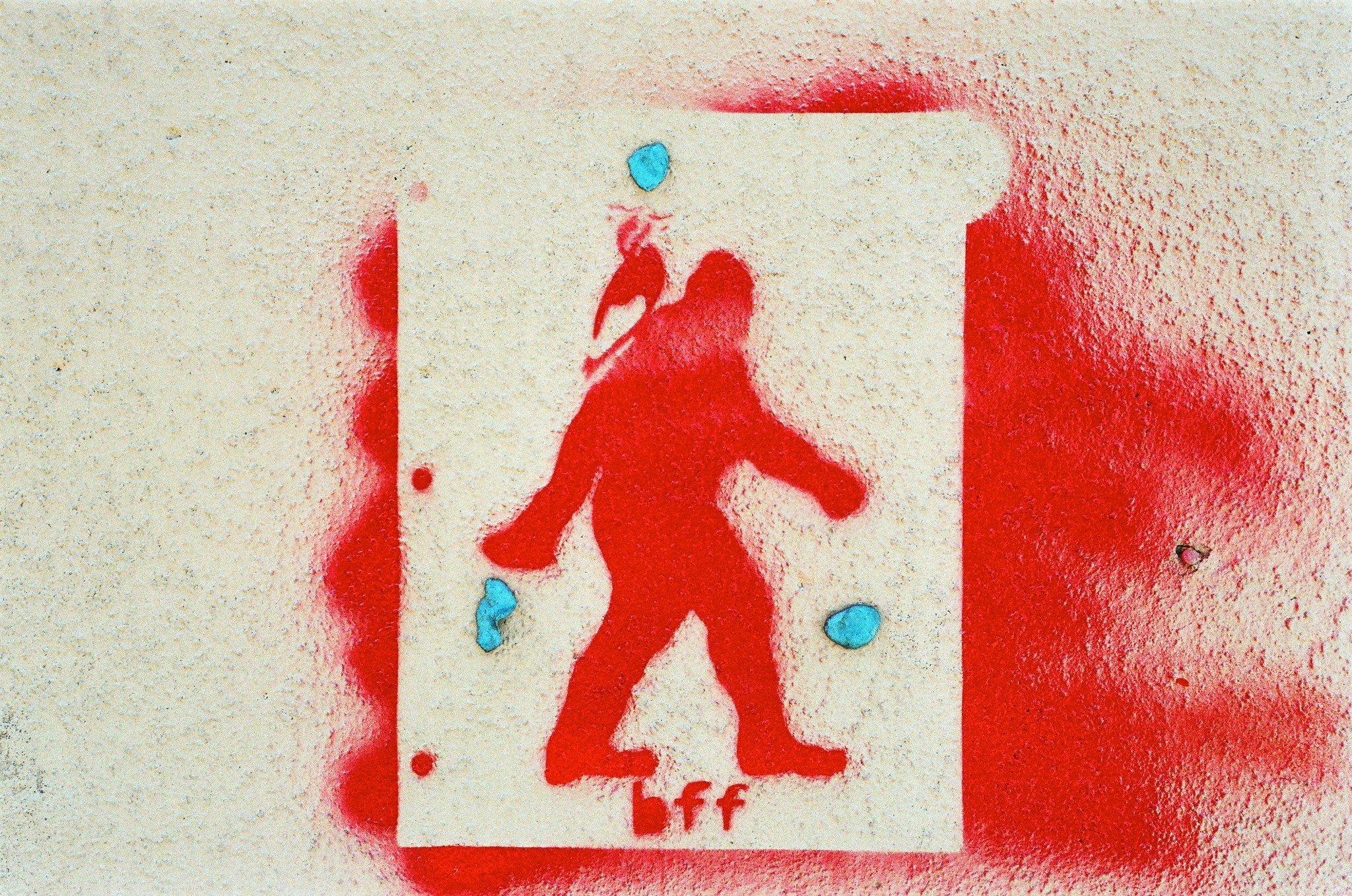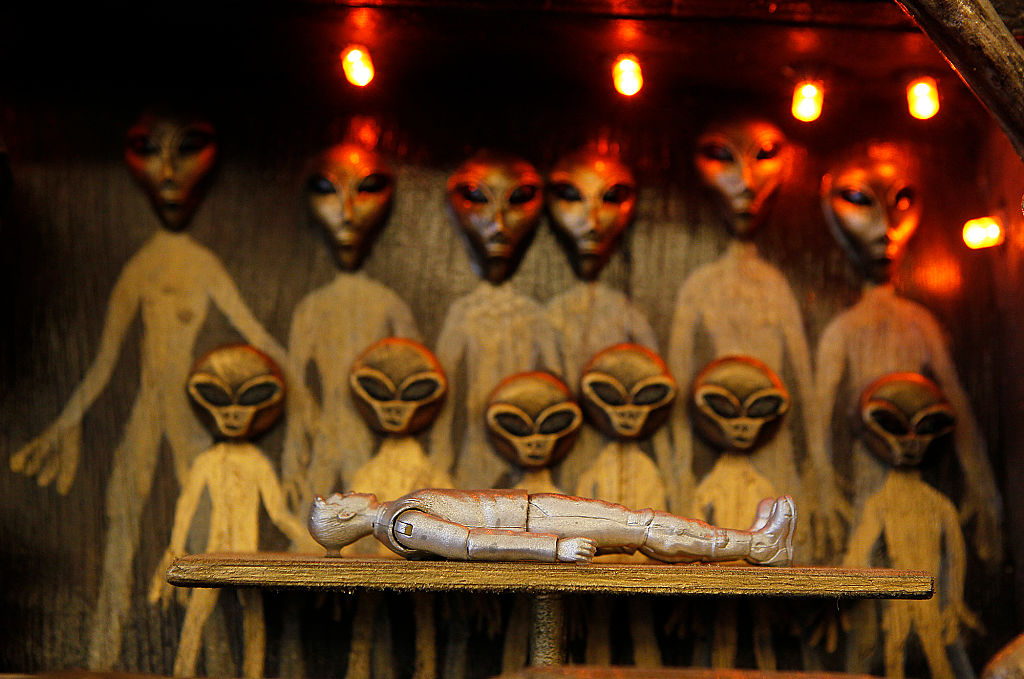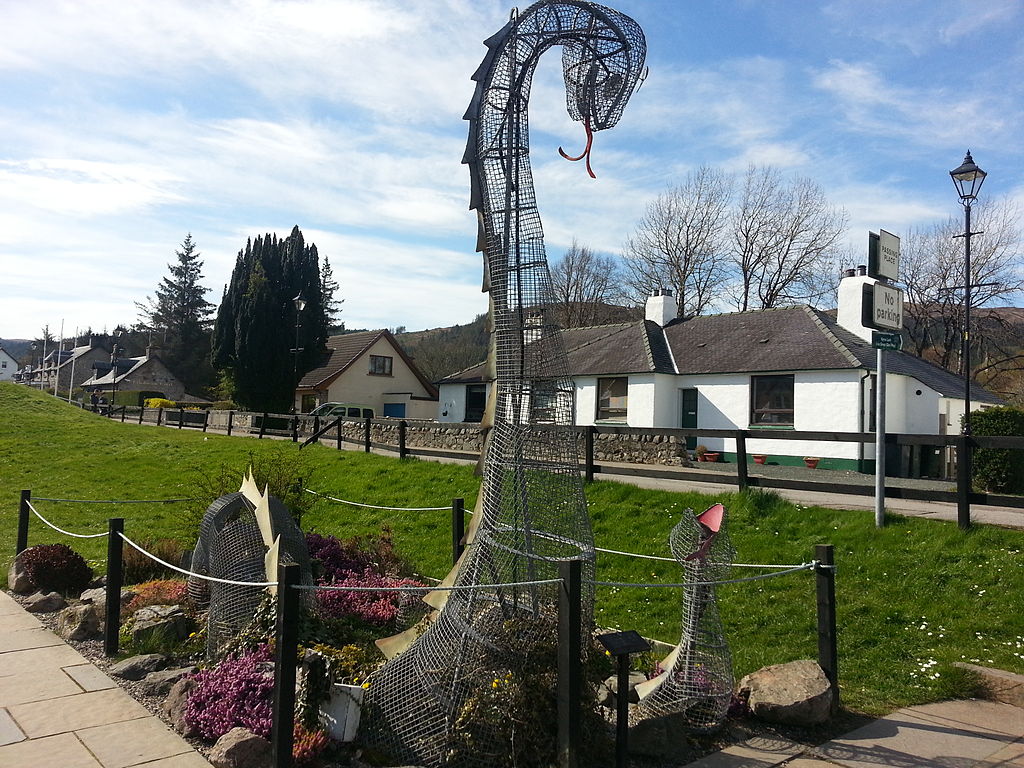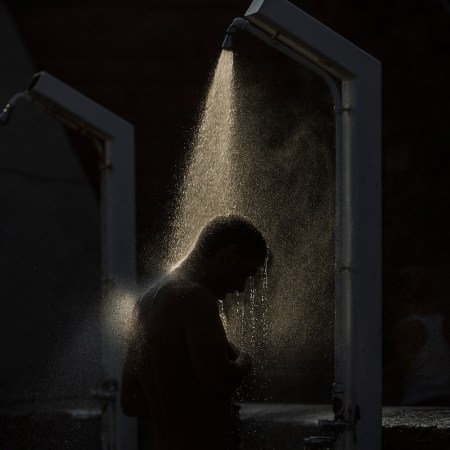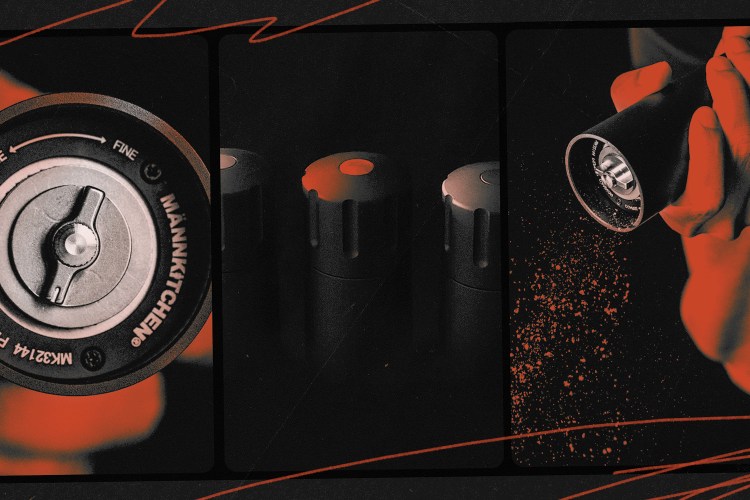Sixty-two years ago, tragedy struck a group of hikers in the midst of a winter trek across miles of the Russian landscape. On the evening of February 1, 1959, nine hikers made camp on a mountain, Kholat Saykhl. That would be the last recorded thing they did. When a rescue team eventually arrived, they found all nine hikers dead, some with bizarre and horrifying injuries.
The mystery of what befell the group has captivated people ever since — especially since the original investigation ascribed the tragedy to an “unknown natural force.” (This may be why some people believe that the yeti was responsible.) In National Geographic, Robin George Andrews has details on a new scientific paper that offers a convincing explanation for the tragedy.
Andrews’s article focuses on the work of Johan Gaume and Alexander M. Puzrin, whose paper Mechanisms of slab avalanche release and impact in the Dyatlov Pass incident in 1959 was recently published in the journal Communications Earth & Environment. Gaume and Puzrin addressed one of the more enduring theories about the incident — namely, that an avalanche was responsible.
National Geographic explored the ways in which Gaume and Puzrin explored the possibility of an avalanche, including revisiting data on the conditions of cadavers after collision tests General Motors ran in the 1970s and exploring the software used to simulate snow in the movie Frozen.
It’s an explanation that makes a more convincing case for an avalanche than any that have come before, and the theory posited by Gaume and Puzrin has certainly found some high-profile advocates. Will we ever know for sure what really happened to the hikers? No — but the argument advanced here is very convincing.
Thanks for reading InsideHook. Sign up for our daily newsletter and be in the know.

